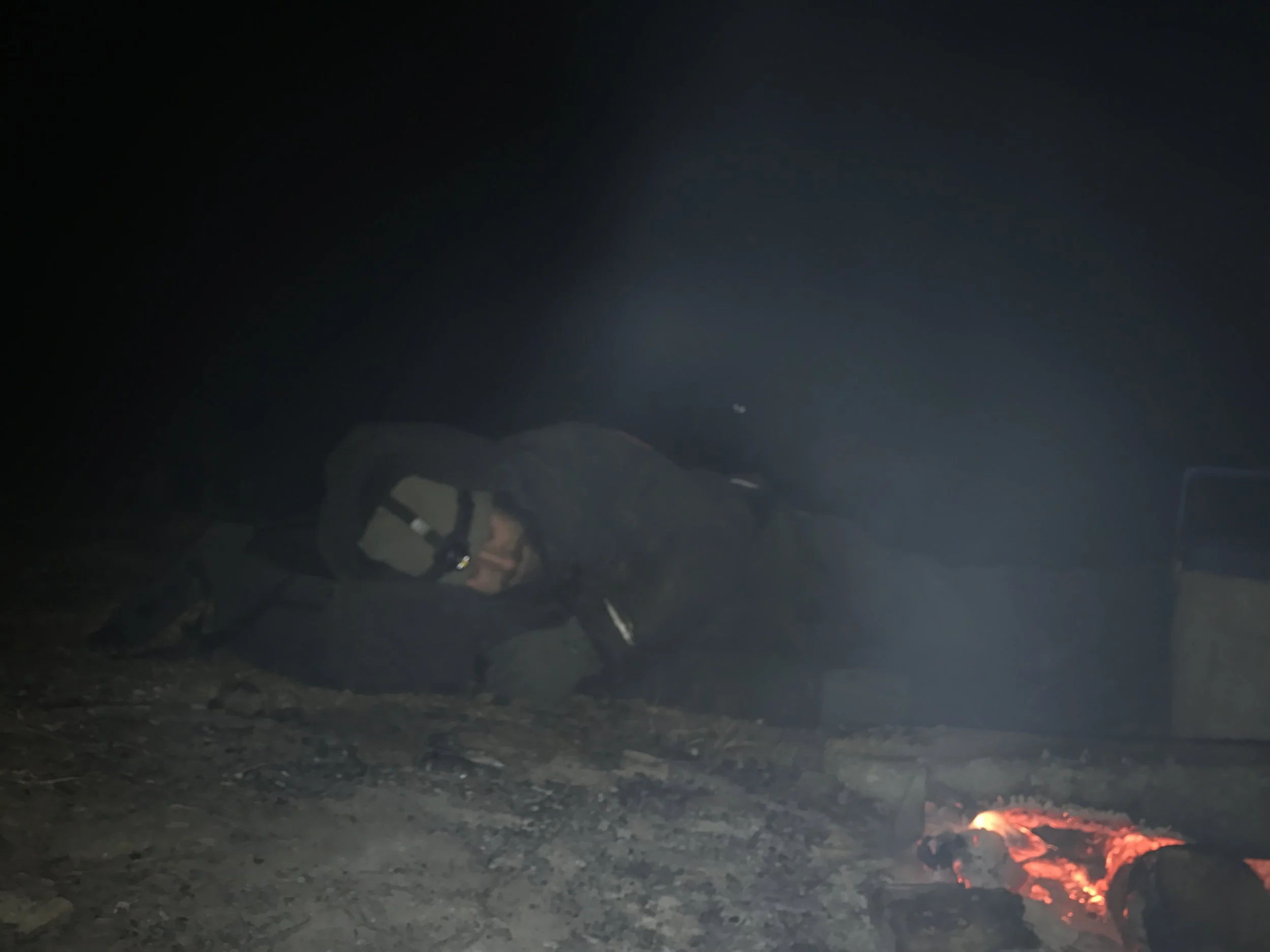Dog sledding is one of the hardest sports I have ever done. No matter what way you look at it there is more to dog sledding than any other sport. To give some perspective I have listed out a few of the last challenges I have completed.
Swimming the English Channel
Training time: 12 months
Training Regiment: Swim four days a week in the pool two hours at a time. Longer 5-10 hour swims on the weekends, many ice baths, and cold showers for 8 months straight.
Challenge Time: 15.5 hours
The hardest thing here was dealing with the cold water. I purposely gained 20 pounds of fat to help hold in body heat during the swim. Outside of the cold just swimming for 15 plus hours is diffecelt in its own right.
Climbing Denali
Training time: 10-day mountaineering course in the Denali National Park.
Training Regiment: Keeping in generally good shape from going to the gym and running. Added a couple unique workouts to my normal routine including bringing a hiking bag to the gym, filling it with weights and walking on the stair climbing for hours.
Challenge Time: 17 Days
The Hardest thing about this challenge was dealing with the cold, thin air and having trust in your team members.
Running Marathon Des Salbes
Training time / Training Regiment: Increasing the amounts of runs per week and the distance, however, didn’t need to change my lifestyle.
Challenge Time: 6 Days
The hardest thing here other than the fact you are running 150 miles over 6 days is doing so in the heat and sand of the Sahara Desert. Add in the fact you need to carry all your survival gear and food it becomes a pretty tough challenge.
Now….
Training for the Iditarod
Training time: 8 Months
Challenge time: 10 days
Training Regiment:
Dogs: Working with the dogs and building the miles they can run just as if you or I was going to run a marathon. We start in early September before there is snow by attaching the dogs to a 4-wheeler and having them pull it in 3 or 4 gear. As the miles build and snow starts to fall, we switch to sleds. The dogs will start running 4 miles in September and a few months later they are running 100’s of miles.
Human: This sport is different where you don't have time or will to workout at the gym. Much of your day is spent with the dogs, and the little downtime you get is spent relaxing and healing. I can't overstate the amount of effort it takes to maneuver the sled on the trails. It is a lot of work!
You have to relocate to Alaska 4 months a year for two years.
You need to learn how to tend to the dog's needs. Sore wrists and shoulders are the biggest concerns. You need to get to know your dogs on a personal level. These dogs communicate to you through body language and only by getting to know them will you be able to understand what they are telling you. I am still a big rookie at this and learn the hard way. The other day I was on a 50-mile run and part way through on the return trip one of my lead dogs looked to his right in a meadow. Thinking he might see a moose or smaller animal, I looked myself. Before I knew it the whole team took a right-hand turn and is now pulling me into the meadow. He didn’t see an animal. He was asking if this is where we are supposed to go. Not responding and shining my headlamp in that direction the dogs took it as a sign to take a right.
Sleep deprivation is one of the biggest challenges. You start hallucinating, making poor decisions and start falling asleep on your sled. There is no good way around this other than getting used to exercising 20 hours a day and only sleeping four.
All in all, I am super thankful to be here going down this path of becoming a competitive dog sledder. The challenges stated above are some of the reasons that fewer people have completed the Iditarod than submitting Everest.








